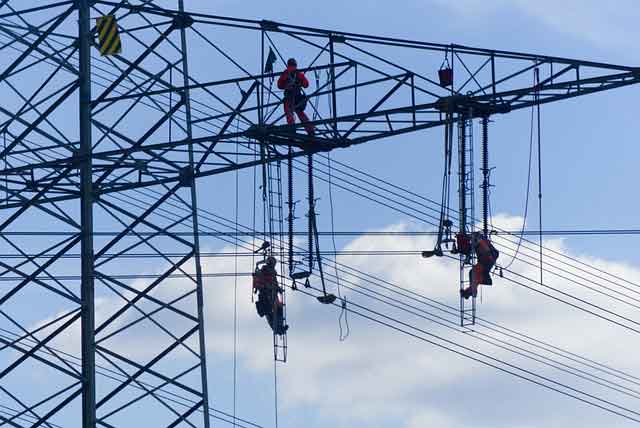Increased solar activity will play havoc with grid
By Space Daily
Protective Relay Training - Basic
Our customized live online or in‑person group training can be delivered to your staff at your location.

- Live Online
- 12 hours Instructor-led
- Group Training Available
Considering that the Sun is to blame for some unfavorable climate changes on the Earth, the coming decade could spell more trouble for our planet.
The first measuring instruments made their appearance 440 years ago. They showed that our nearest star treats the Earth to more than just solar eclipses. Sunspots, solar flares, faculae and other phenomena affect everything on the Earth: from atmospheric events to human behavior. These phenomena are known collectively as solar activity.
This activity, expressing itself through bursts of solar radiation, magnetic storms or fiery flares, can vary in intensity, from very low to very strong. It is the storms that pose the greatest danger to civilization.
On August 28, 1859, polar lights glowed and shimmered all over the American continent as darkness fell. Many people thought their city was aflame. The instruments used to record this magnetic fluctuation across the world went off their scales. Telegraph systems malfunctioned, hit by a massive surge in voltage.
This was an actual solar storm. Its results for humankind were small, because civilization had not yet entered a hi-tech phase of development. Had something similar happen in our nuclear space age, destruction would have been catastrophic.
Meanwhile, according to scientific data, storms of such size occur relatively seldom: once in five centuries. But events with half the intensity happen every 50 years. The last one took place on November 13, 1960 and disturbed the Earth's geomagnetic fields, upsetting the operation of radio stations.
Now our dependence on radio electronic devices is so immense that increased solar activity could disable life-support systems all over the world, and not only on the surface.
America has long been sounding an alarm, because their continent is so close to the northern magnetic pole and is the most vulnerable to solar activity.
A study by the MetaTech Corporation revealed that an impact similar to that of 1859 would incapacitate the entire electricity grid in North America. Even the relatively weak magnetic storm of 1989, provoked by solar activity, caused an accident at a Canadian hydro-electric power plant that left 6 million people in the U.S. and Canada without electric power for nine hours.
According to a special report prepared by MetaTech for Congress in 2003, salvage and rescue work to restore power in areas with developed infrastructure could have been launched, according to estimates, only within several weeks or a month.
Poor space weather makes all orbital systems malfunction. According to the U.S. Department of Homeland Security, satellites damaged by the Sun cost $100 million per year to repair. Satellite insurance companies paid out $2 billion between 1996 and 2005 to compensate for damage to and loss of spacecraft because of solar effects.
A heavy solar storm can cause disruption to space-based navigation systems. Mistakes in coordinate measurements can be as great as 50 m and more, making a navigation satellite unfit for its mission. A serious loss of accuracy in the GPS Navstar system was recorded during a solar storm on October 23, 2003.
The mechanism of solar storms is unlikely to be fully understood anytime soon. On the other hand, space weather is easy to forecast with available equipment. Many years ago, NASA proposed orbiting special probes to monitor space weather. Modern space technology can produce low-priced standardized devices for warning of pending space weather anomalies.











